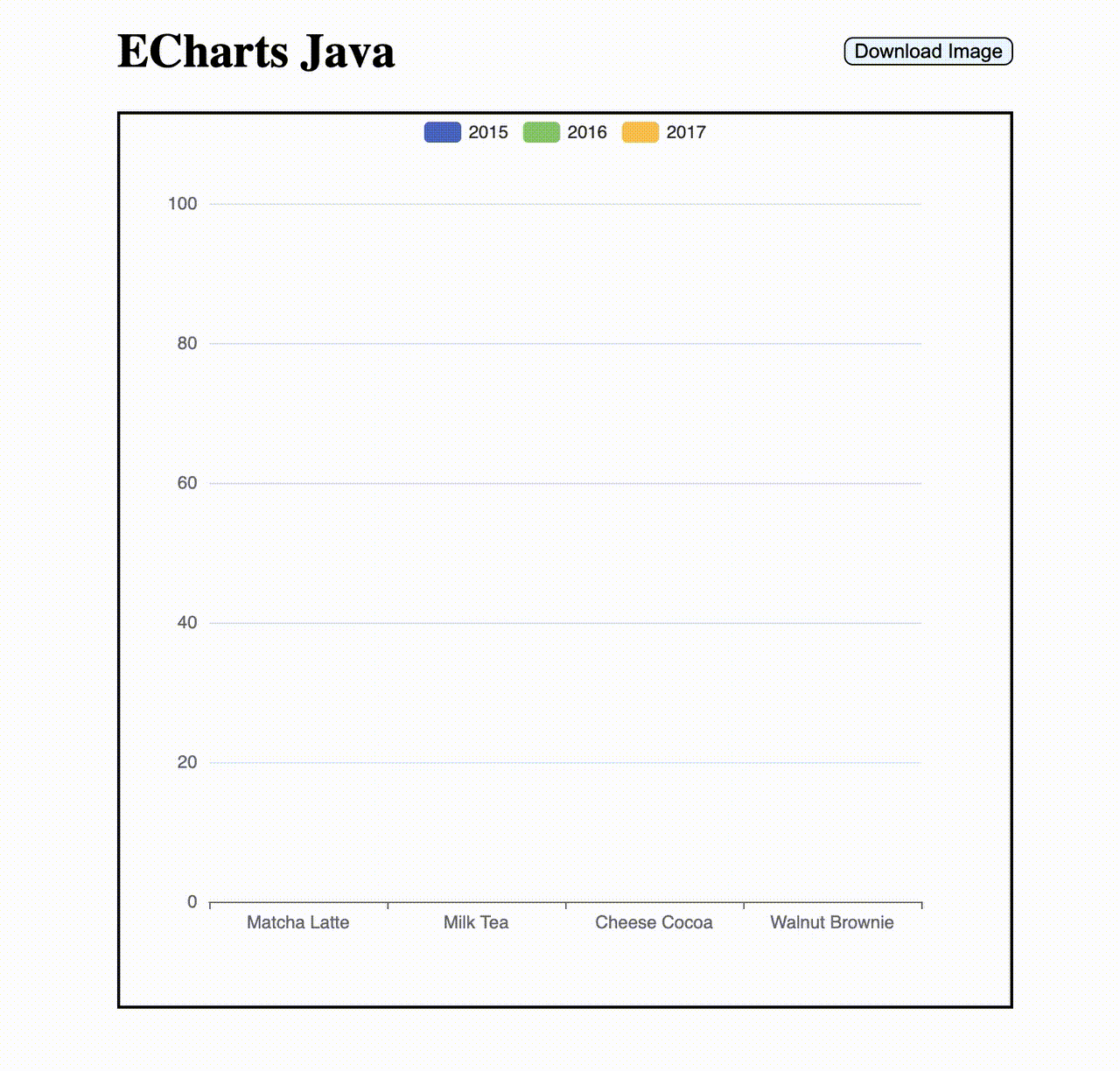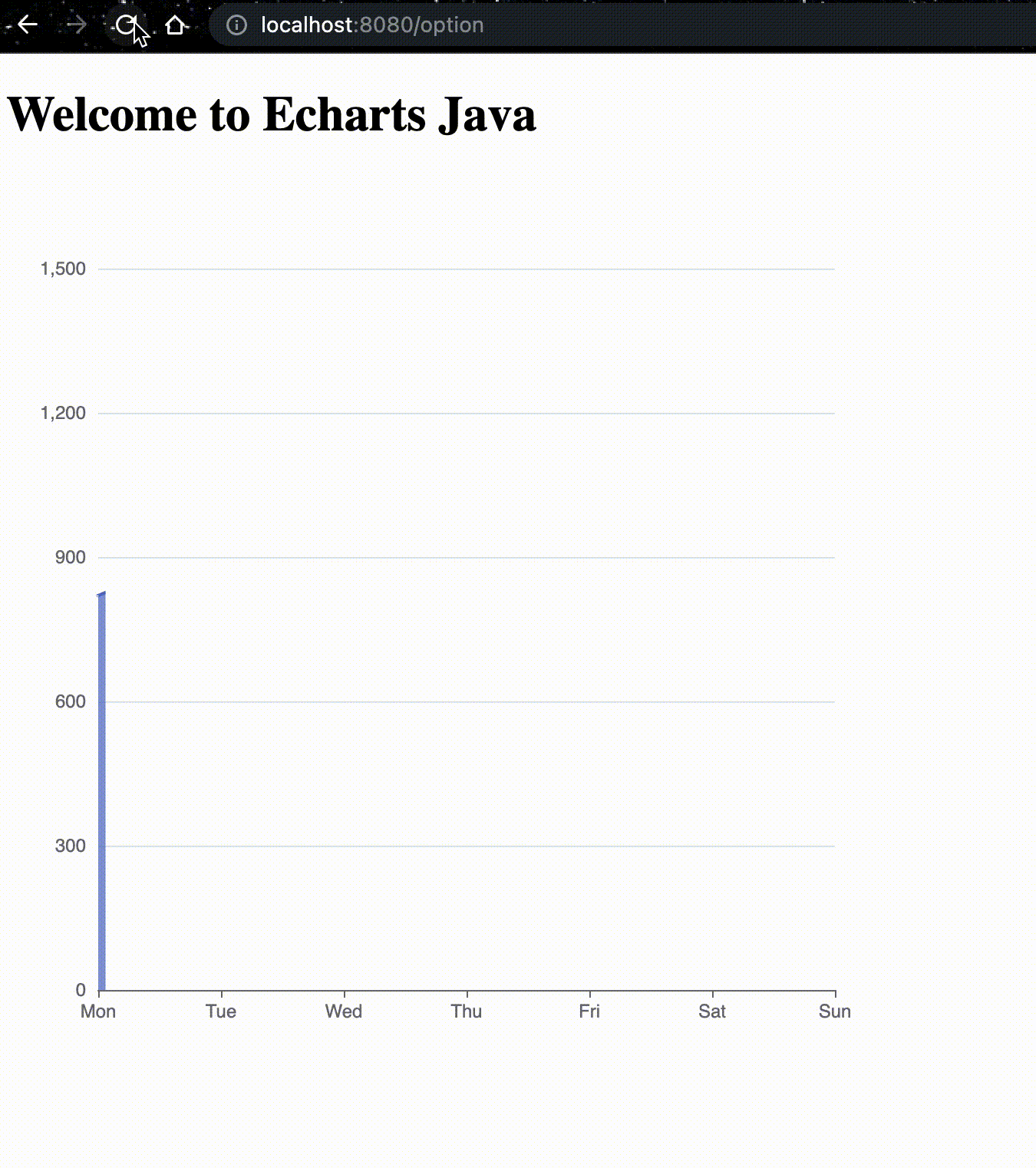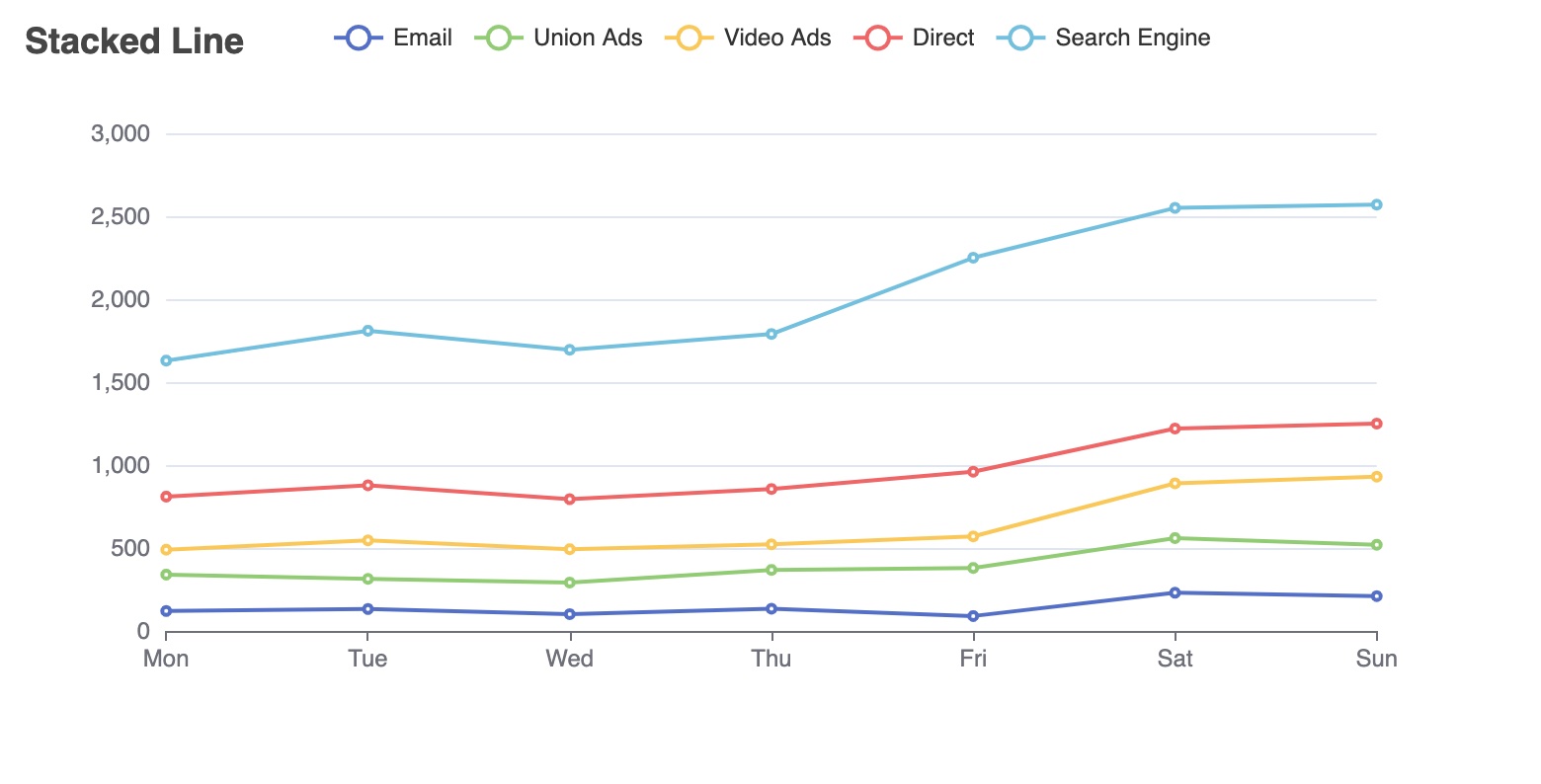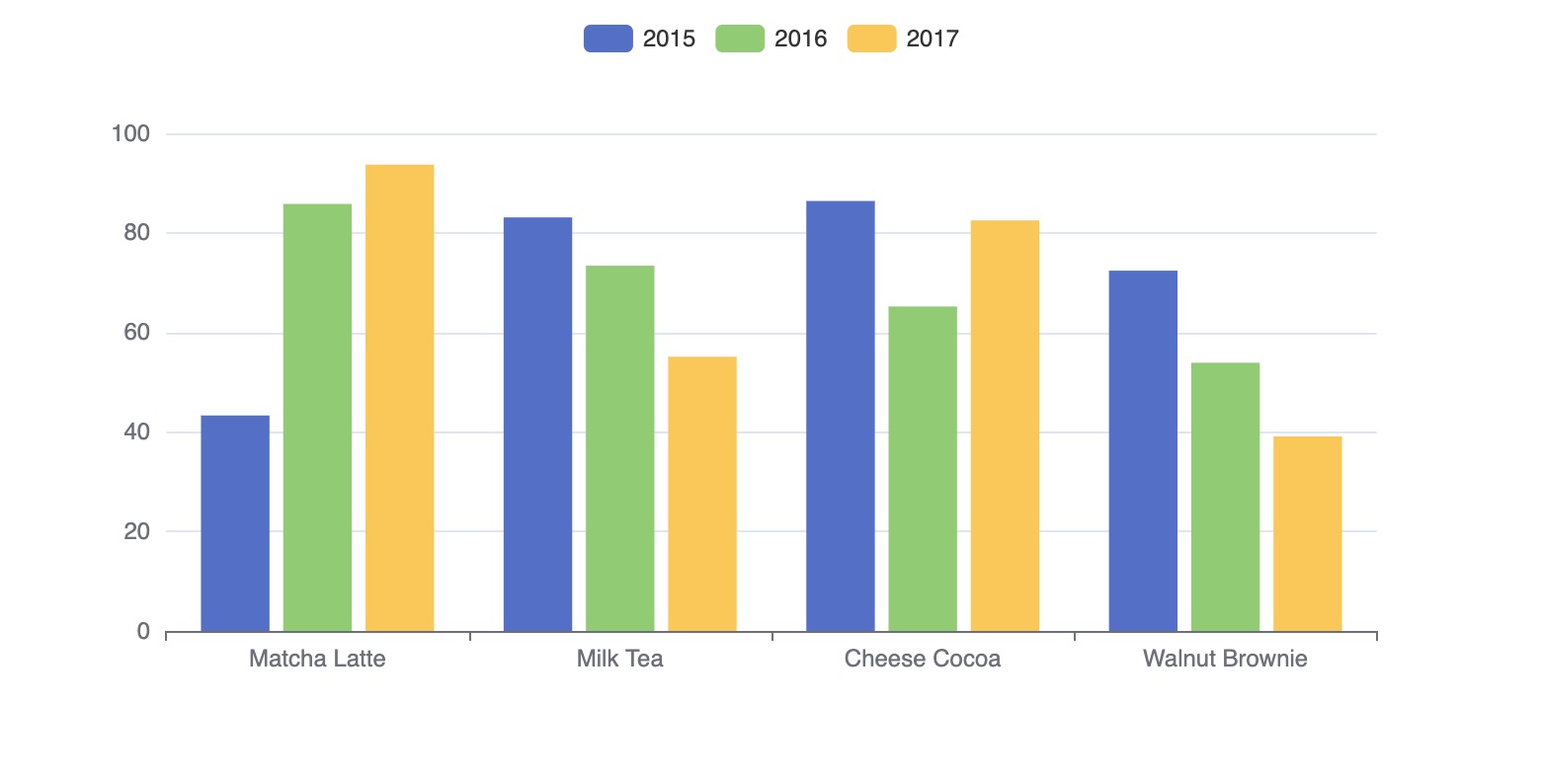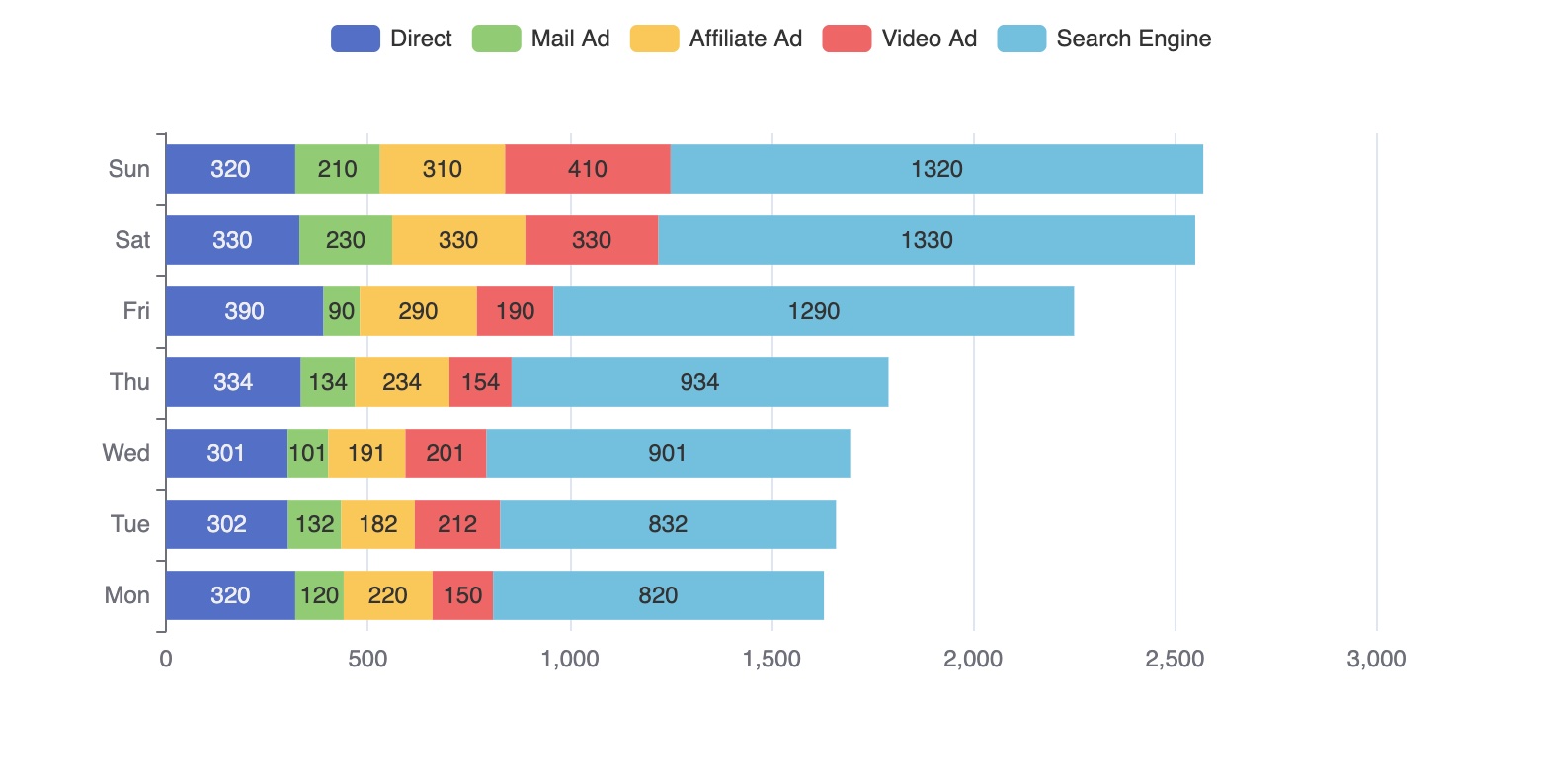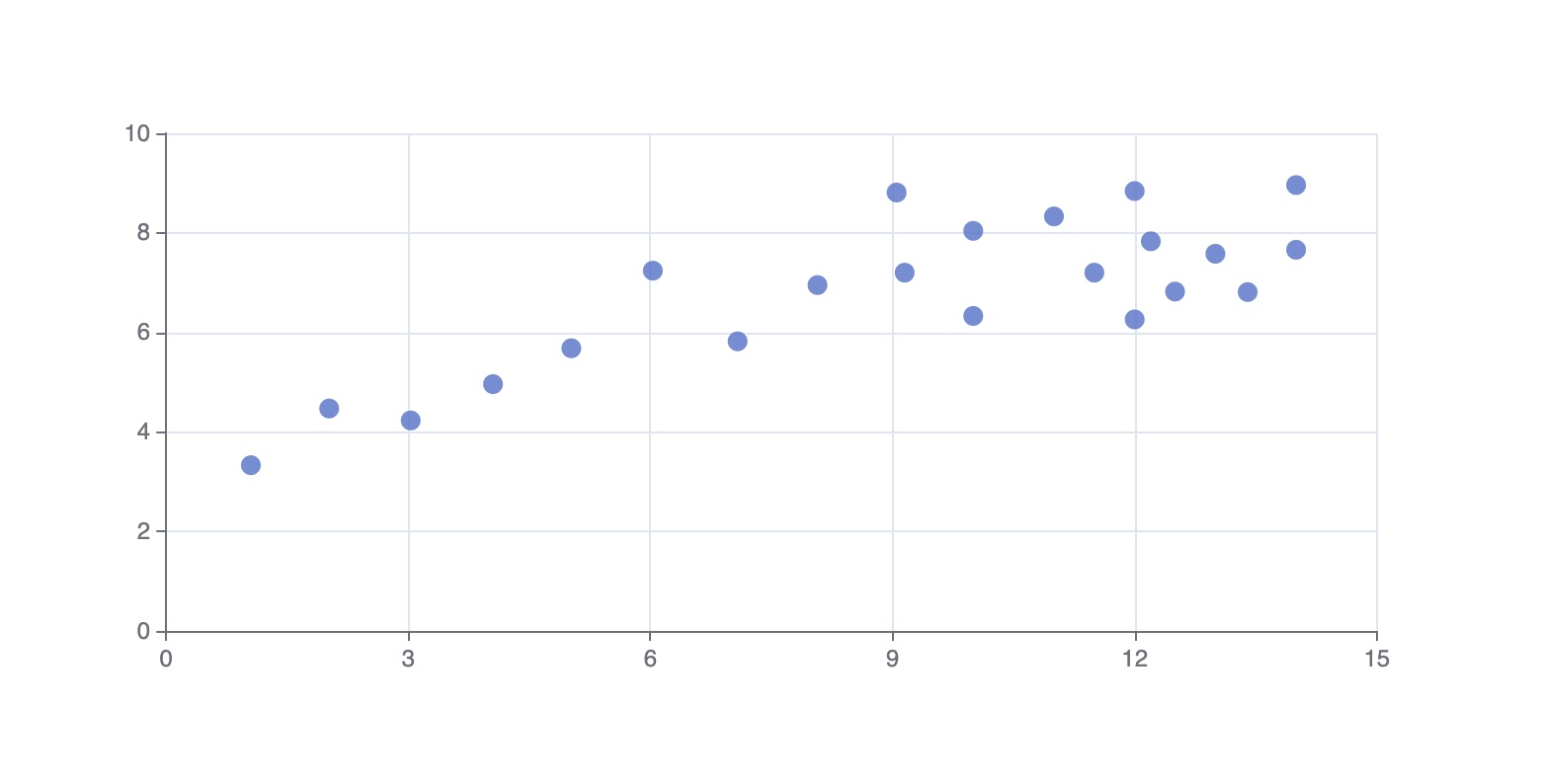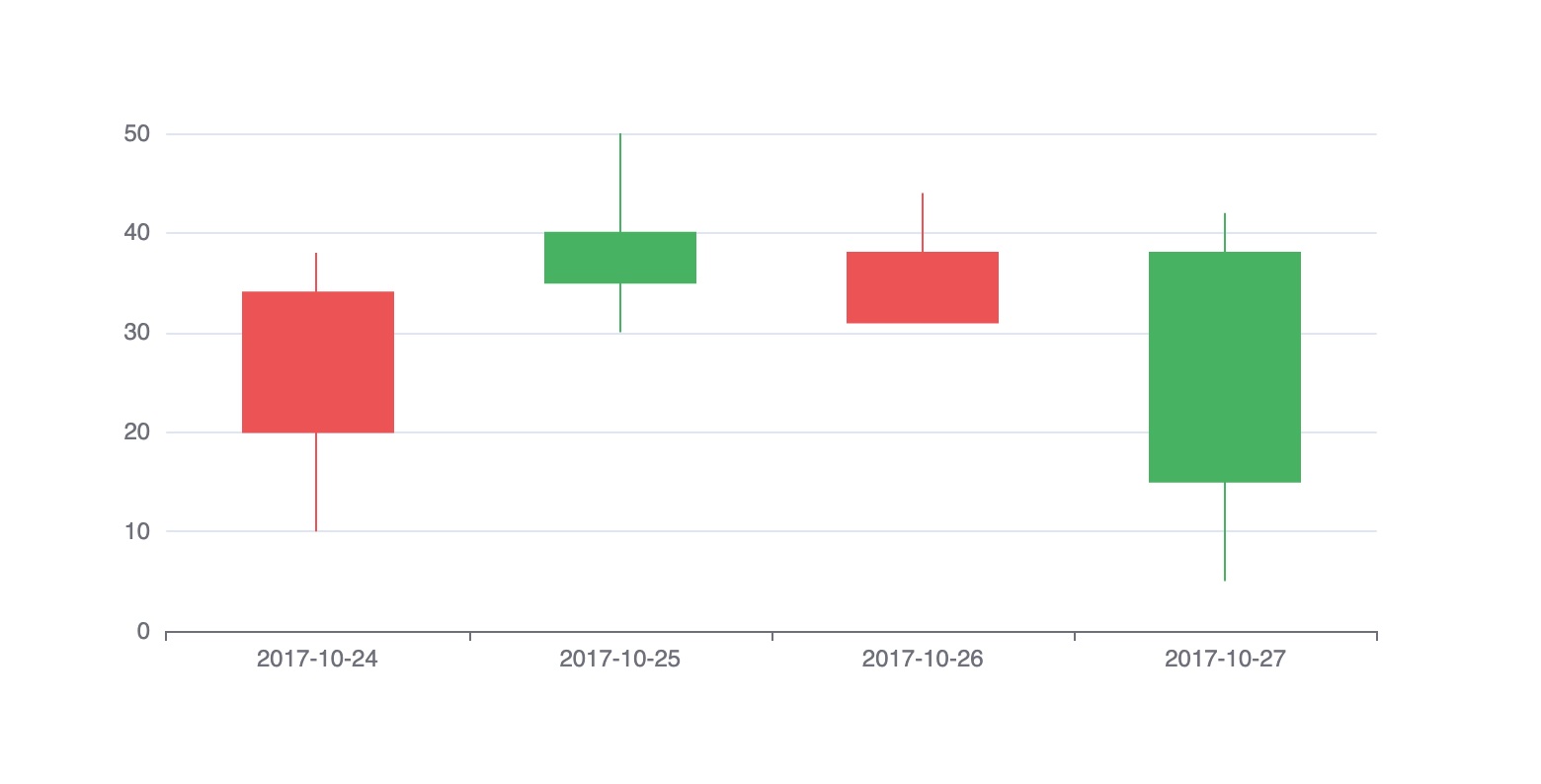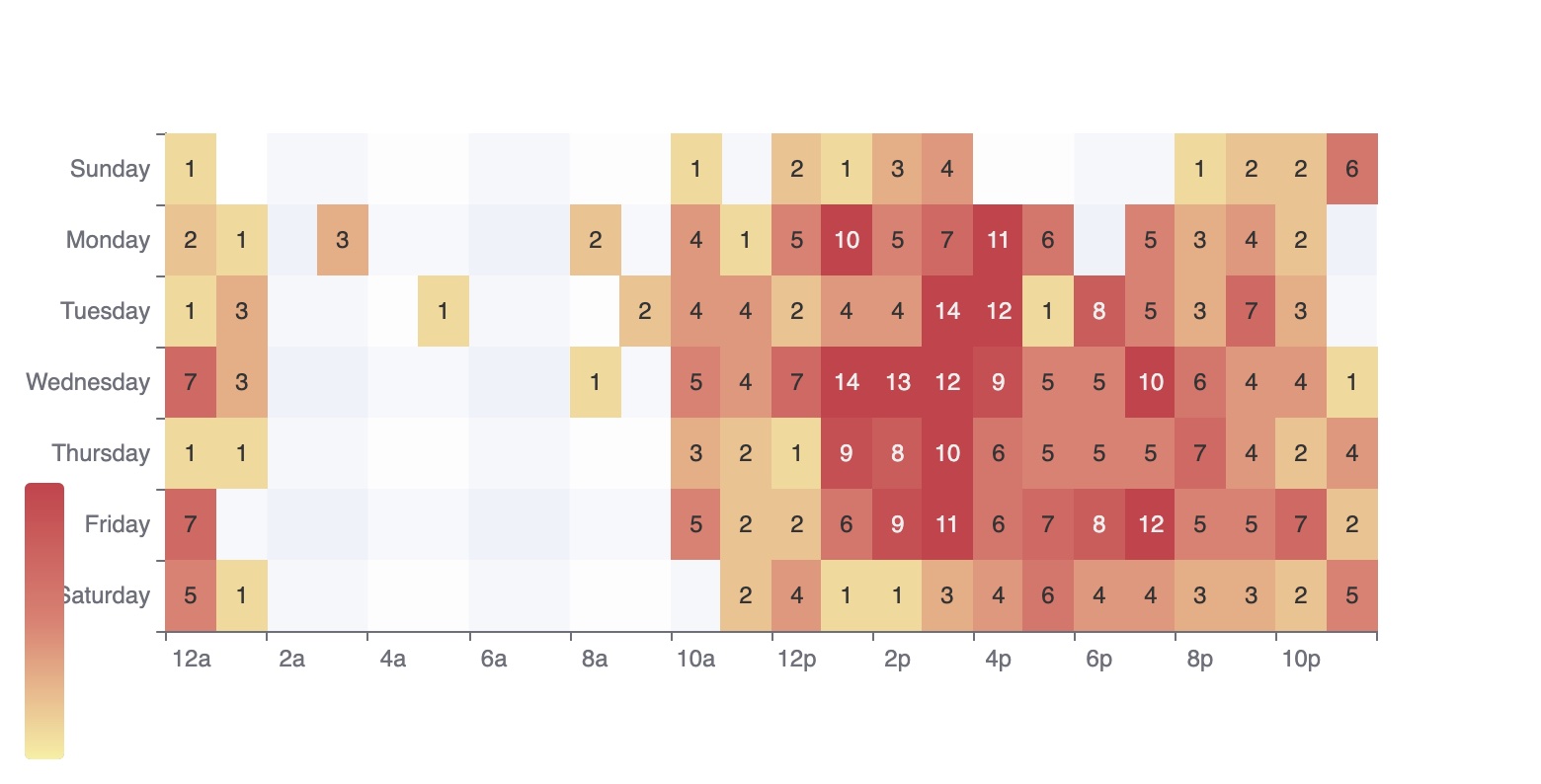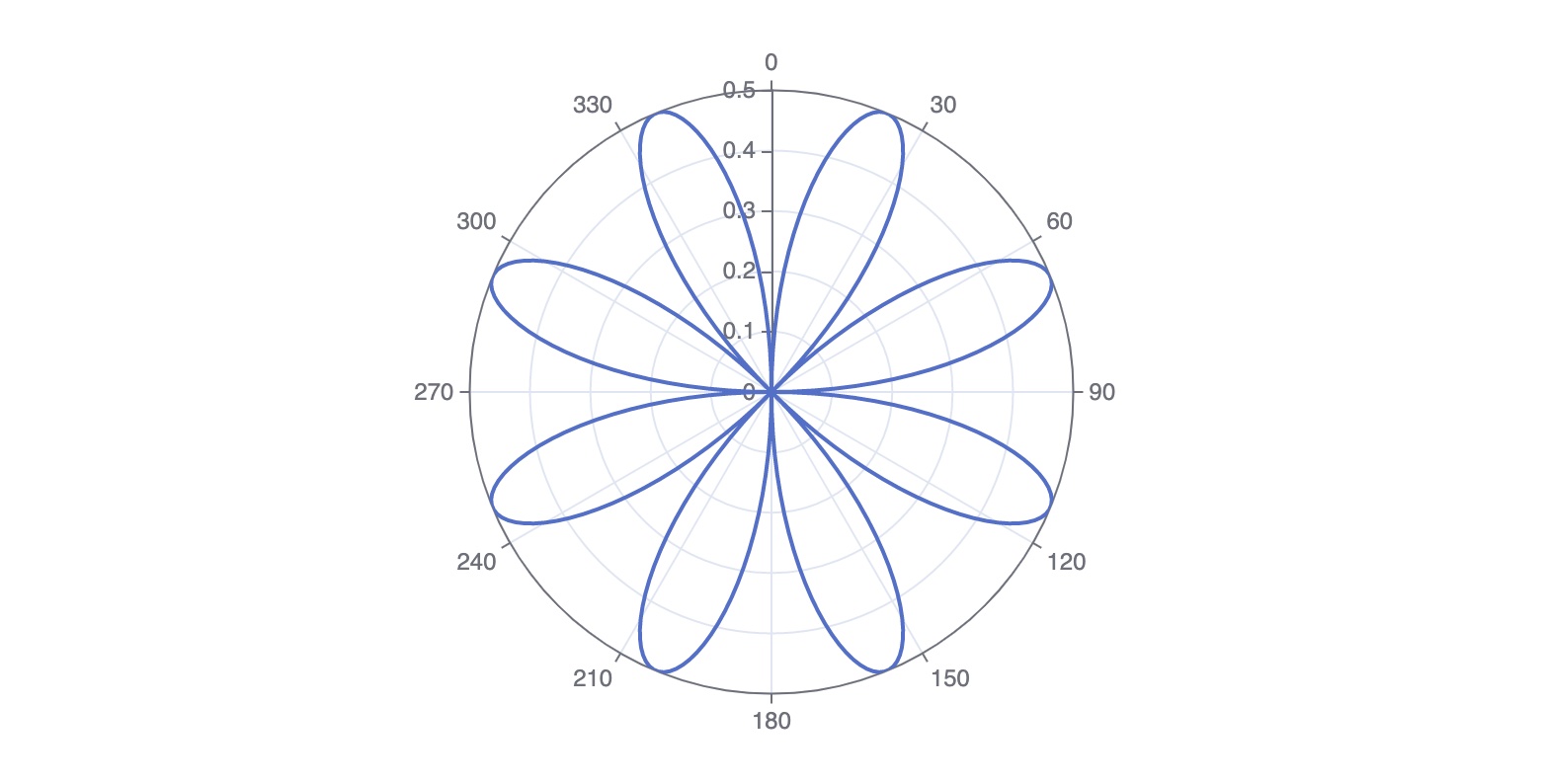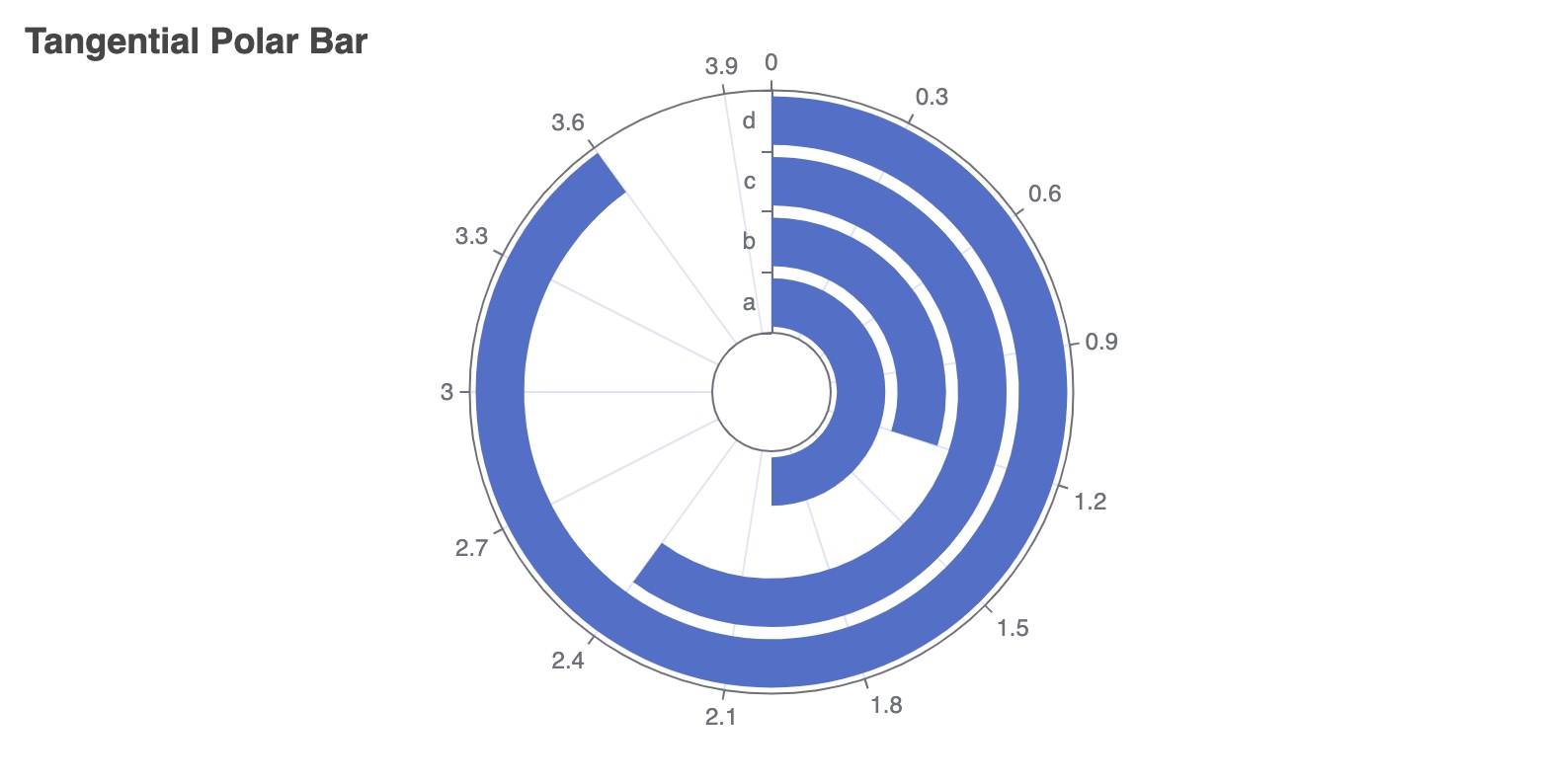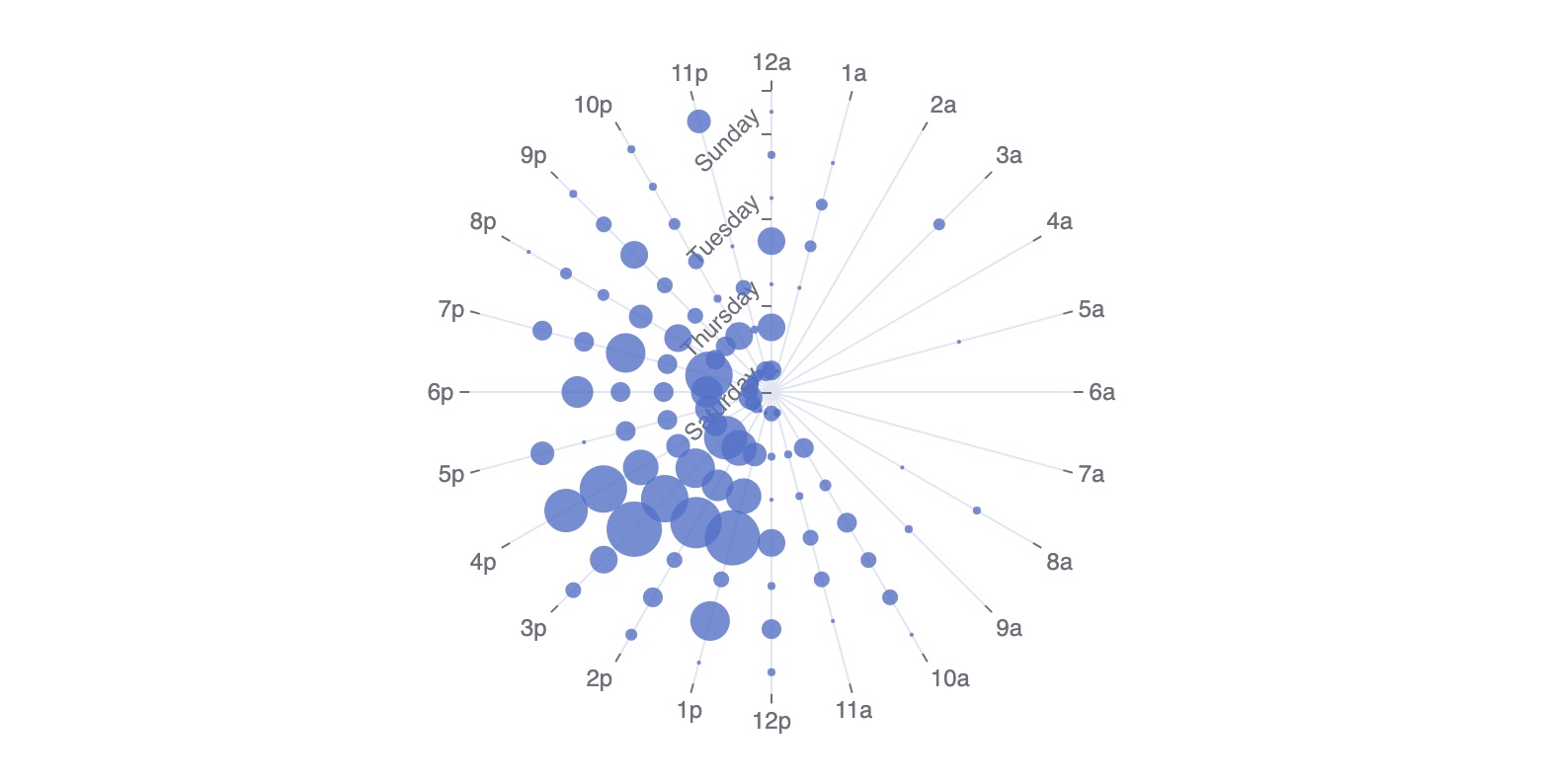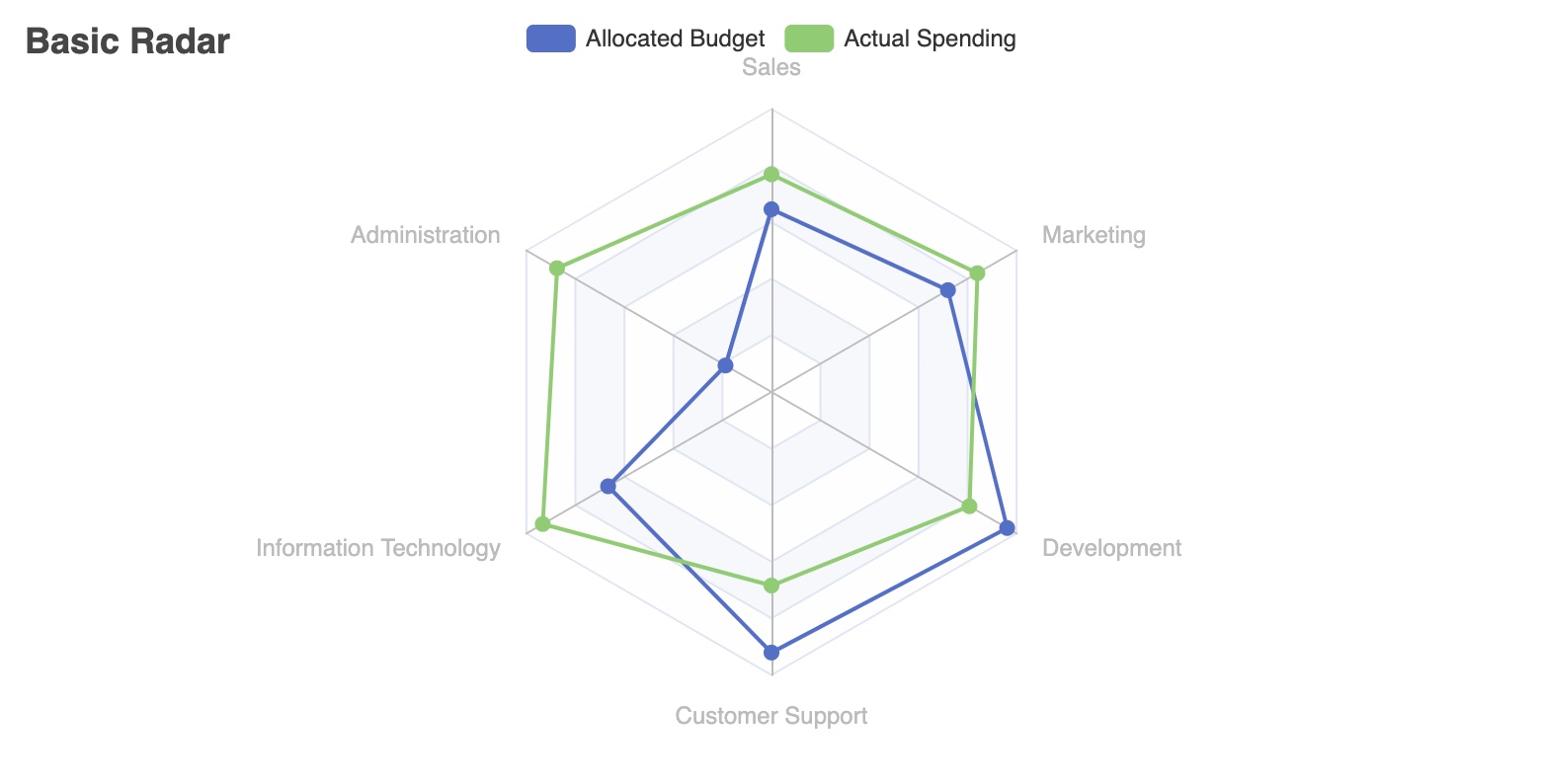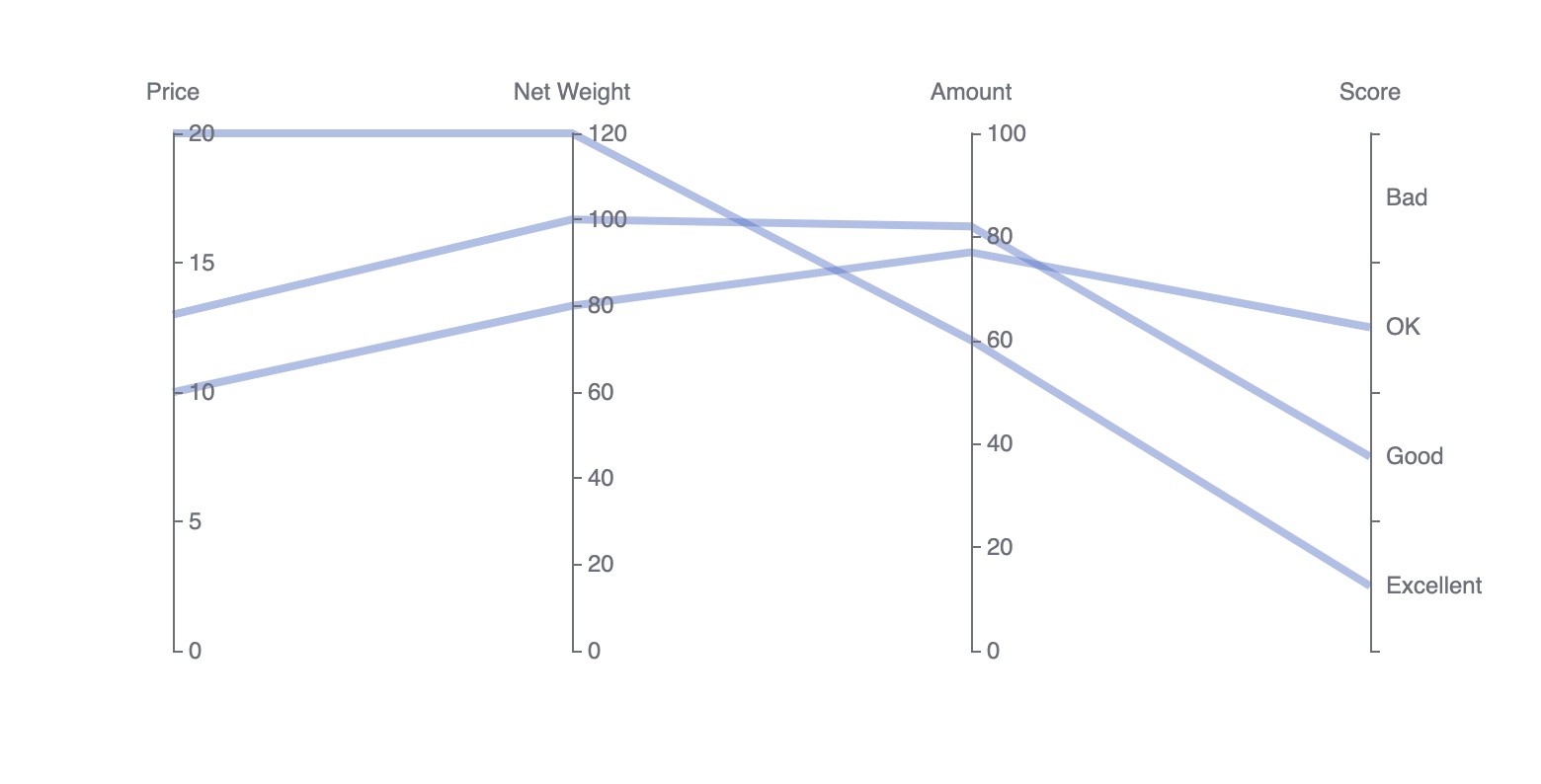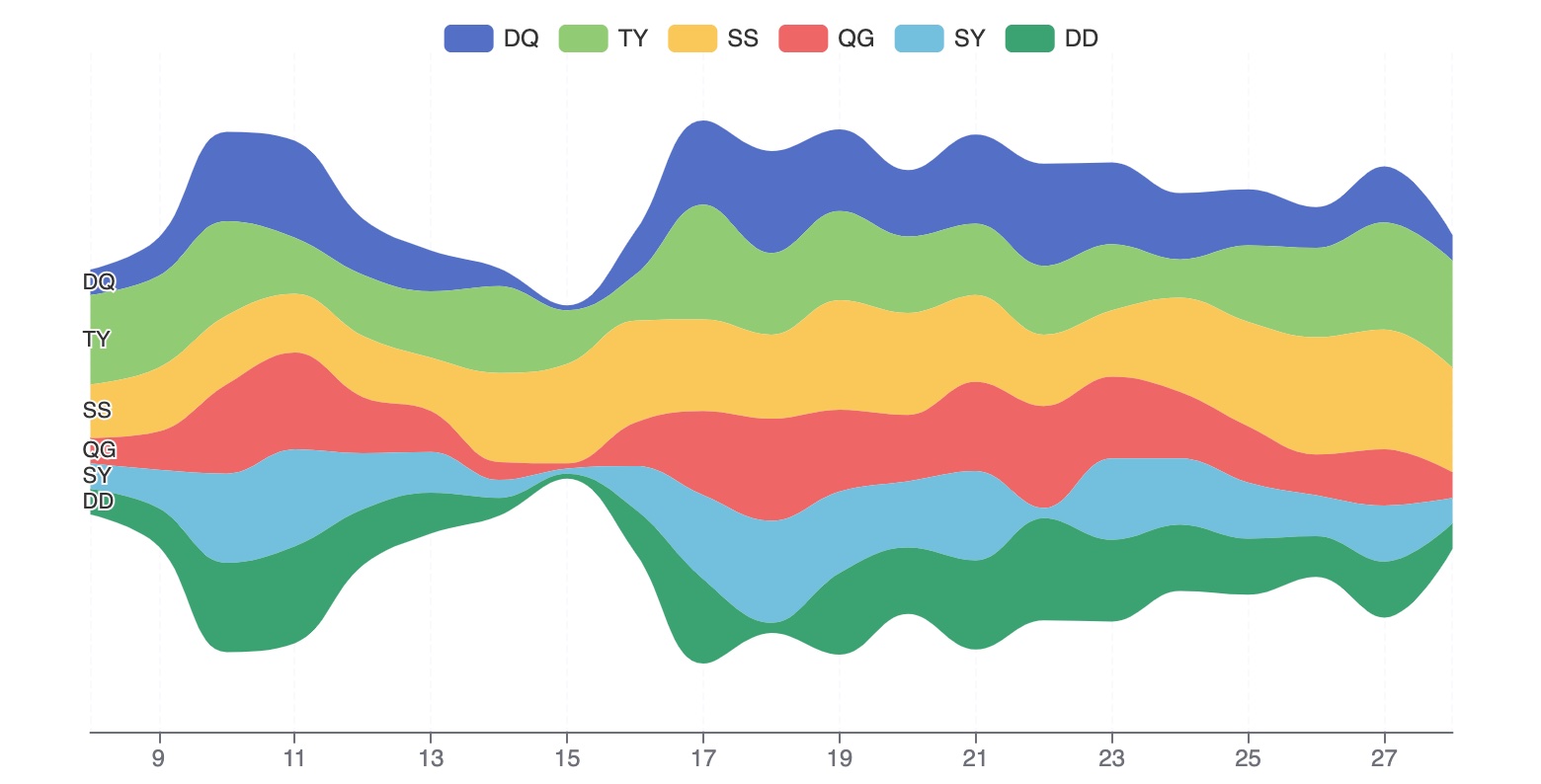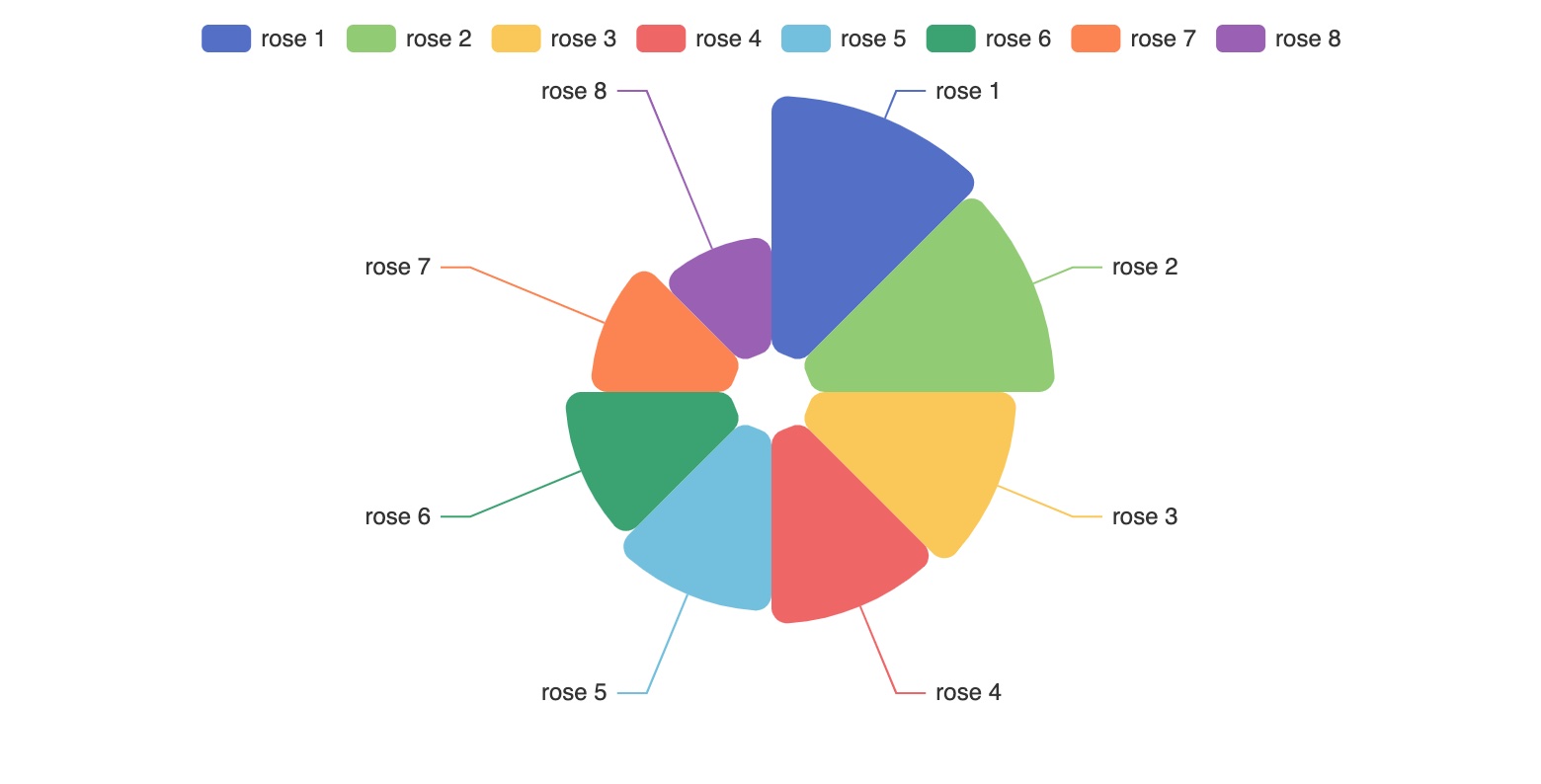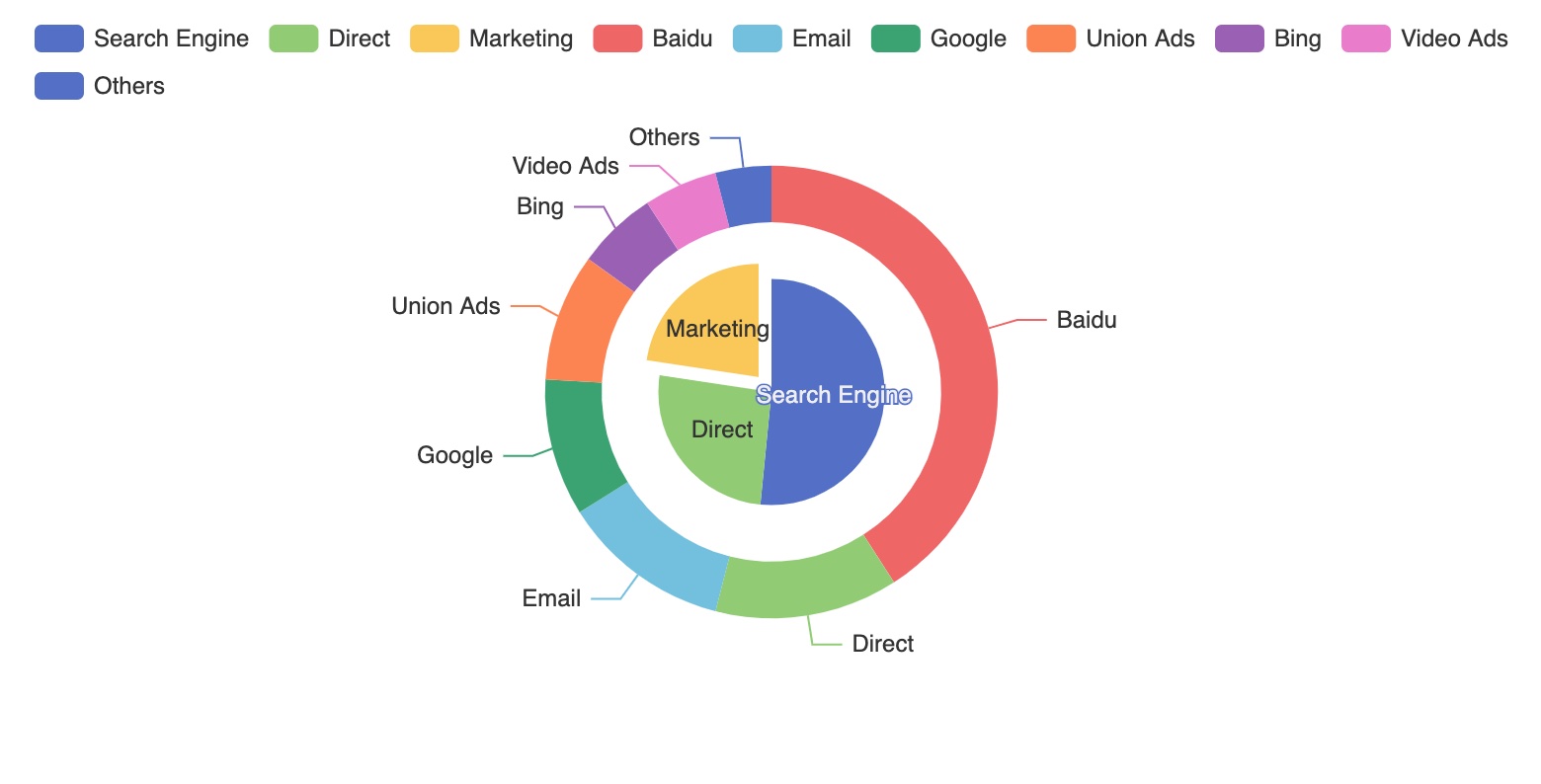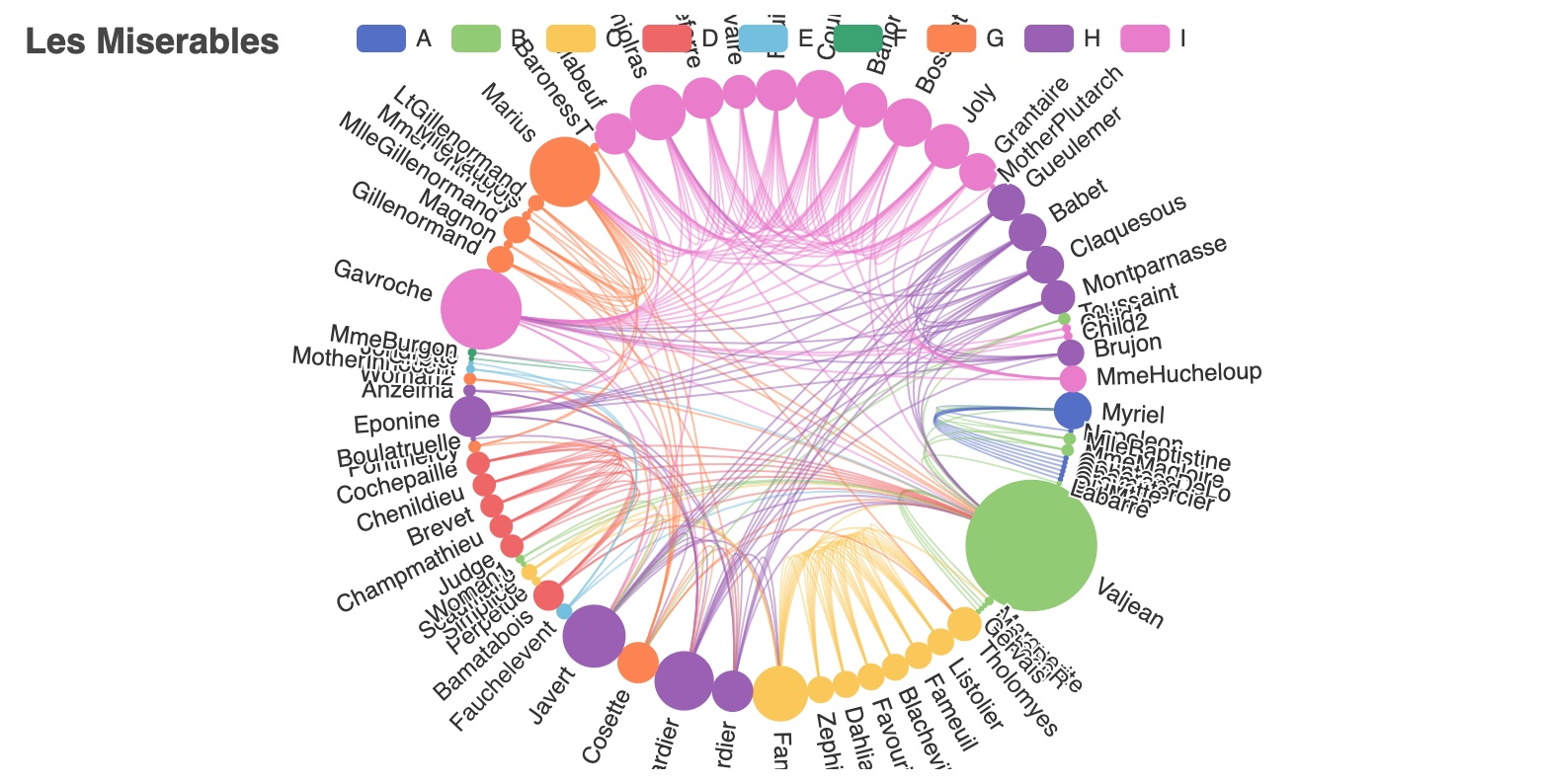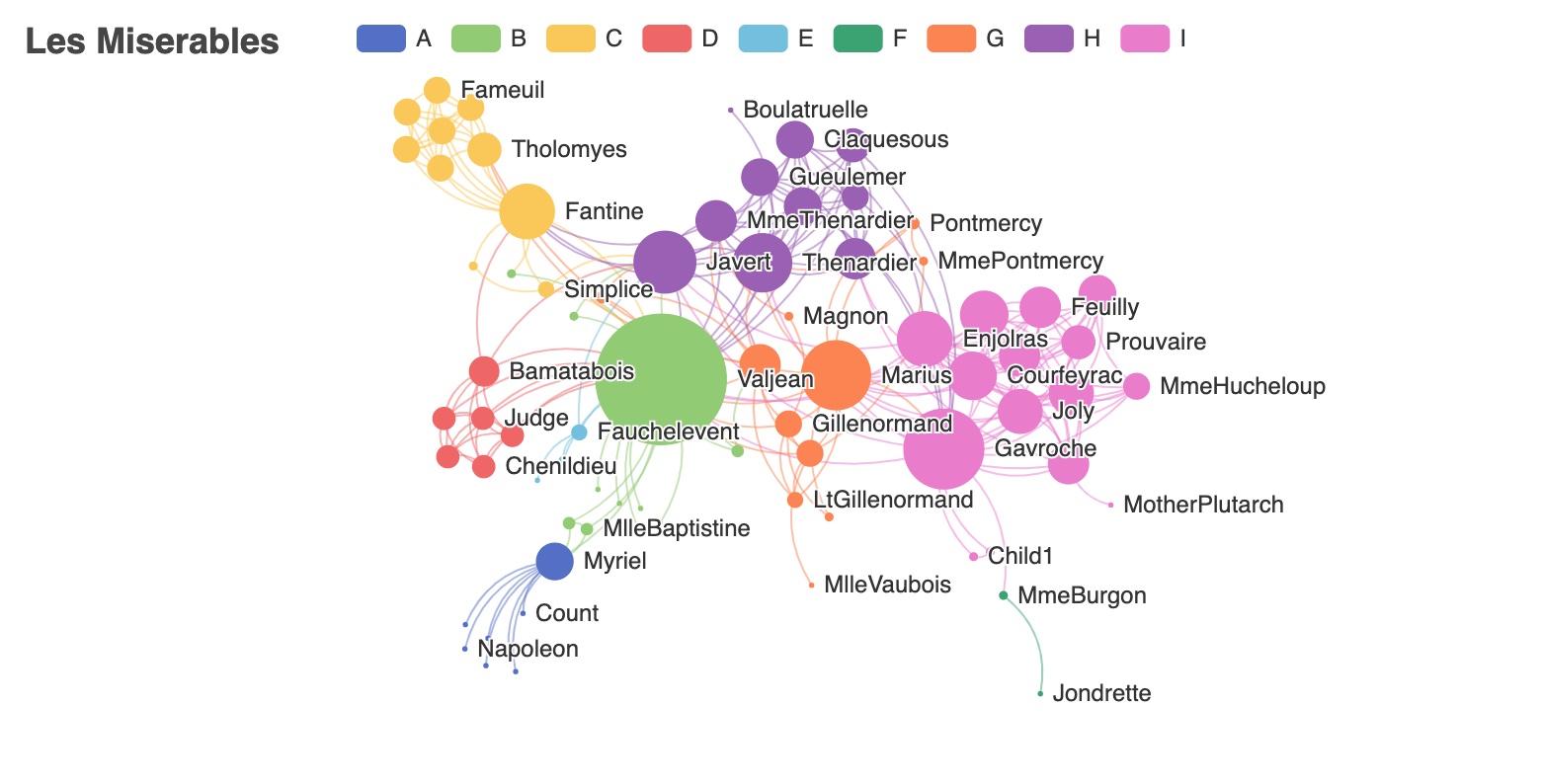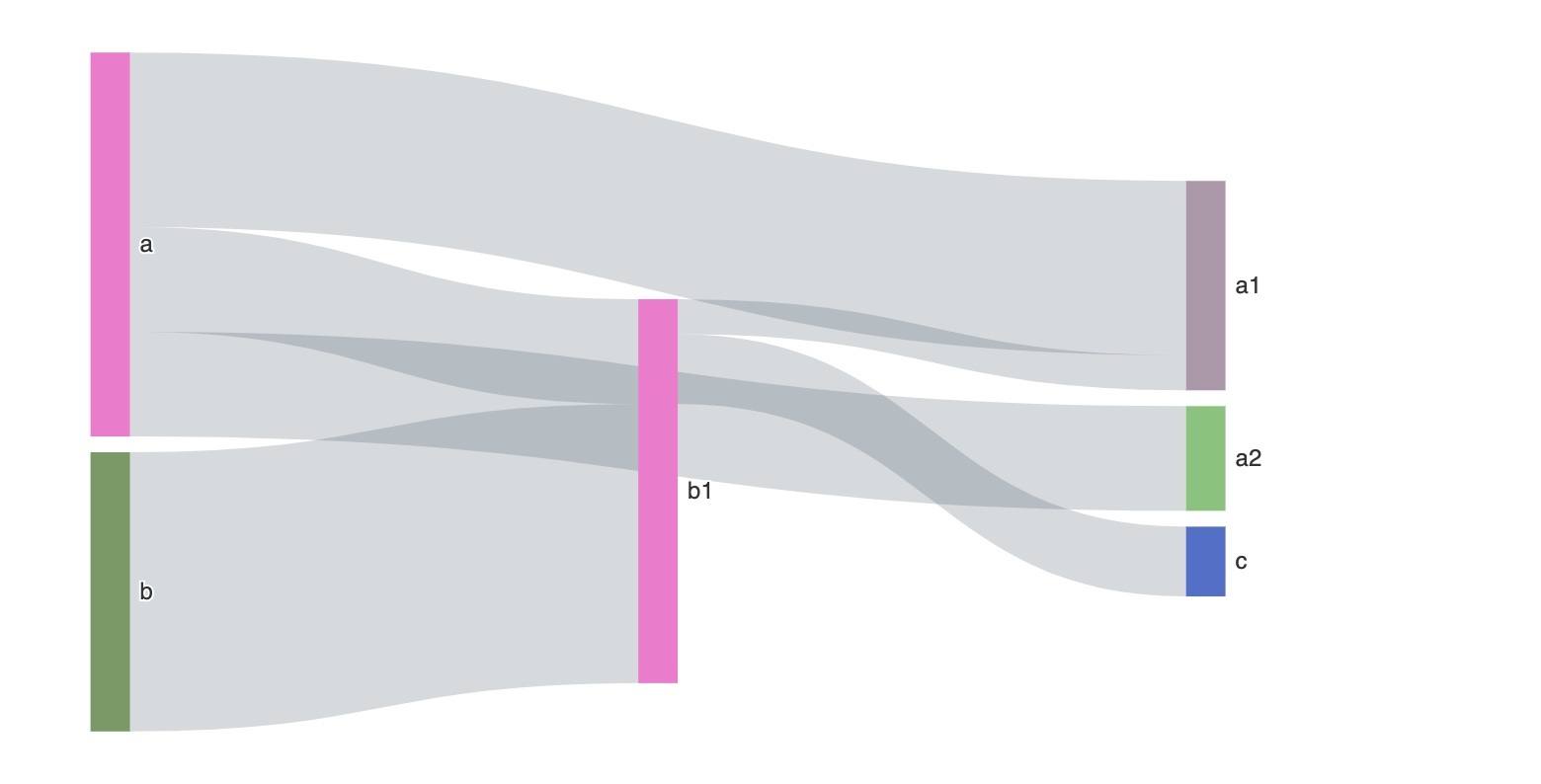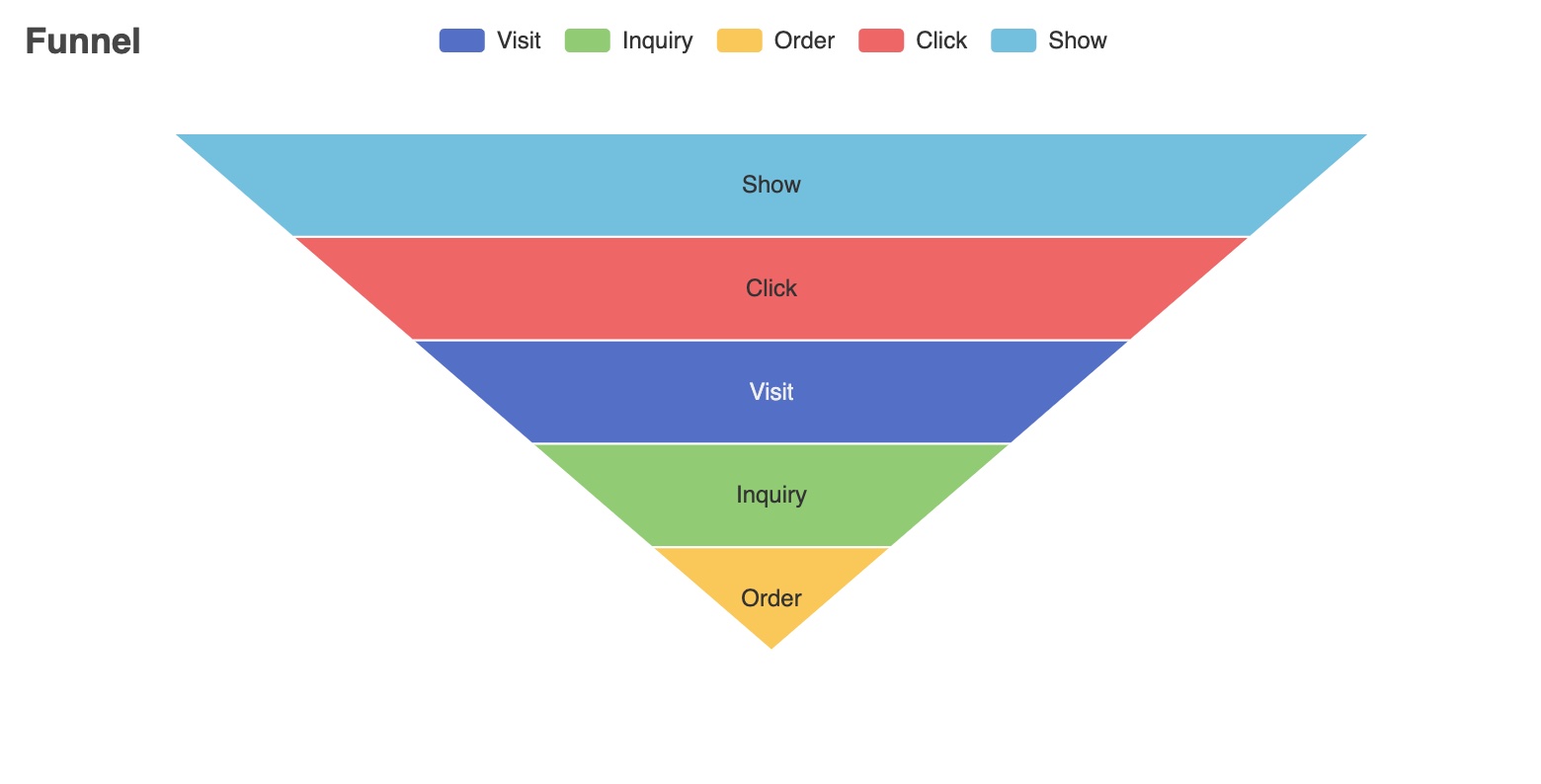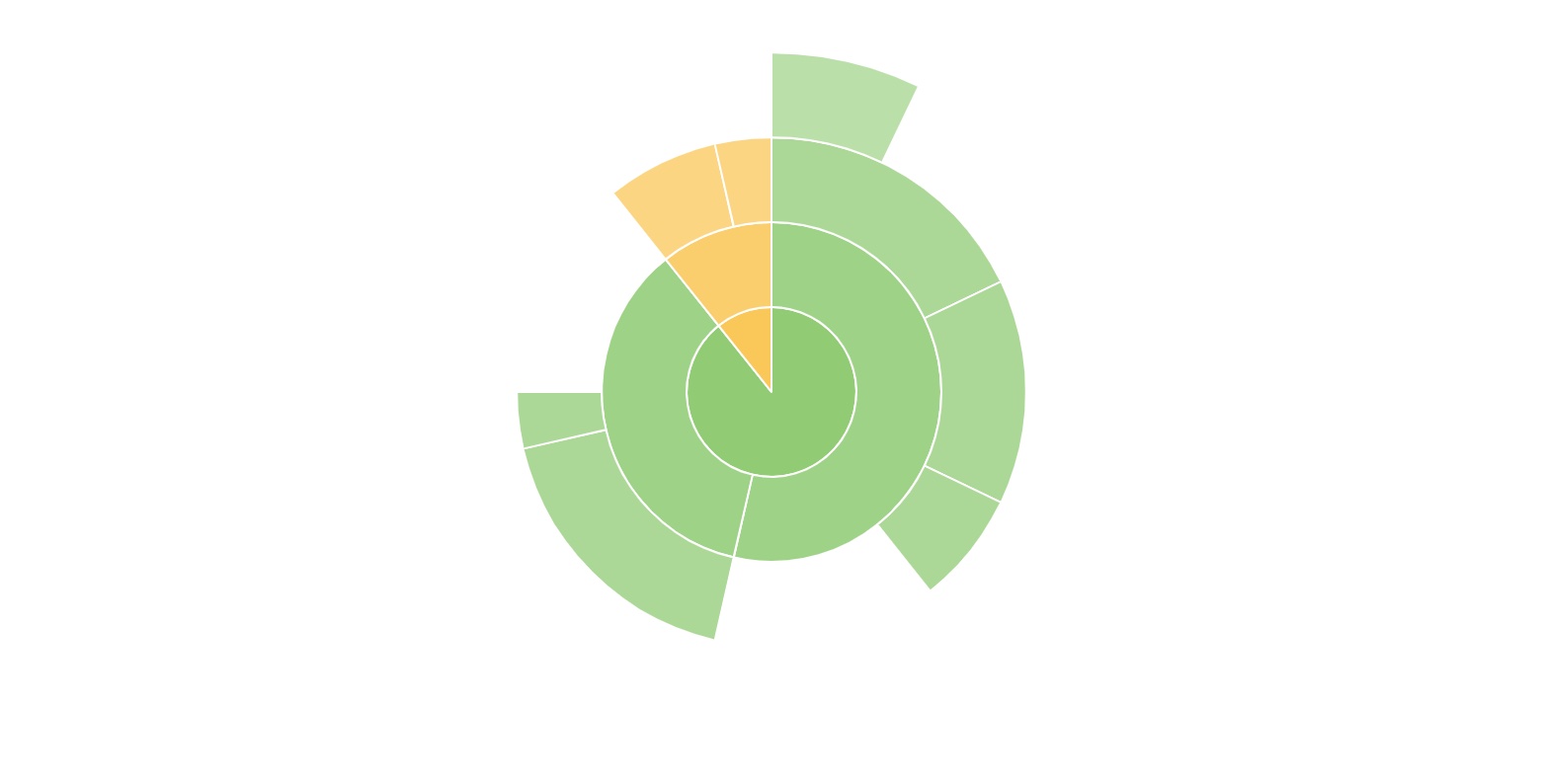"We bring better visualization into Java with ECharts"
ECharts Java is a lightweight but comprehensive library for Java developers to easily use JavaScript visualization library Apache ECharts. The simple chart mode facilitates users to write visualization fast and easily, empowered by the clean APIs provided by ECharts Java. The advanced mode helps create an Option object and its Json representation in chainable Java codes, which includes almost all the features defined in Apache ECharts. Now ECharts Java supports Apache ECharts version 5.x.
-
Simple, clean and organized APIs, supporting method chaining
-
Full coverage of Apache ECharts functionalities
-
Easily integrate with Web Frameworks
-
Flexible export format, including HTML and images
-
Complete and detailed documentation and examples
For a Maven project, includes the following in your pom.xml
<dependency>
<groupId>org.icepear.echarts</groupId>
<artifactId>echarts-java</artifactId>
<version>1.0.2</version>
</dependency>For a Gradle Groovy project, includes
implementation 'org.icepear.echarts:echarts-java:1.0.2'
For more, refer to here.
public static void main(String[] args) {
// All methods in EChart Java supports method chaining
Bar bar = new Bar()
.setLegend()
.setTooltip("item")
.addXAxis(new String[] { "Matcha Latte", "Milk Tea", "Cheese Cocoa", "Walnut Brownie" })
.addYAxis()
.addSeries("2015", new Number[] { 43.3, 83.1, 86.4, 72.4 })
.addSeries("2016", new Number[] { 85.8, 73.4, 65.2, 53.9 })
.addSeries("2017", new Number[] { 93.7, 55.1, 82.5, 39.1 });
Engine engine = new Engine();
// The render method will generate our EChart into a HTML file saved locally in the current directory.
// The name of the HTML can also be set by the first parameter of the function.
engine.render("index.html", bar);
}public static void main(String[] args) {
Line lineChart = new Line()
.addXAxis(new CategoryAxis()
.setData(new String[] { "Mon", "Tue", "Wed", "Thu", "Fri", "Sat", "Sun" })
.setBoundaryGap(false))
.addYAxis()
.addSeries(new LineSeries()
.setData(new Number[] { 820, 932, 901, 934, 1290, 1330, 1320 })
.setAreaStyle(new LineAreaStyle()));
Engine engine = new Engine();
// It is recommended that you can get the serialized version of Option in the representation of JSON, which can be used directly in the template or in the RESTful APIs.
String jsonStr = engine.renderJsonOption(lineChart);
}The output JSON object will be like the following,
{
"xAxis": [
{
"type": "category",
"data": ["Mon", "Tue", "Wed", "Thu", "Fri", "Sat", "Sun"],
"boundaryGap": false
}
],
"yAxis": [{ "type": "value" }],
"series": [
{
"type": "line",
"data": [820, 932, 901, 934, 1290, 1330, 1320],
"areaStyle": {}
}
]
}For demo codes, please refer to the docs and example repo.
Welcome more contribution in the community!
-
This project is inspired by the Homework 6 of the course Principles of Software Construction Objects, Design, and Concurrency, Fall 2021, at Carnegie Mellon University. We sincerely thank Christian and Vincent for the wonderful course.
-
This project is also inspired by the pyecharts and go-echarts, which are the ECharts siblings in Python and Go languages.
ECharts Java is available under the Apache License 2.0.



